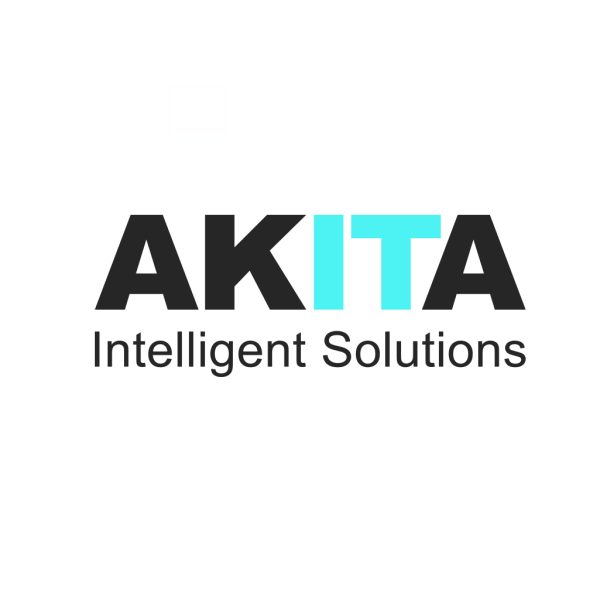In modern building management, lift uptime directly reflects service quality and business reliability. Tenants, facilities directors, and insurers all expect evidence of tight maintenance standards, fast issue resolution, and strong compliance governance.
Achieving this consistently is no longer possible with spreadsheets, scattered documentation, or purely reactive servicing models.
This is why more organisations are embracing a structured, software-driven model for managing their elevator maintenance operations. Rather than seeing elevator service management software as a standalone platform, the real value lies in the shift to a more integrated, data-led approach to lifecycle management. It becomes the operational backbone for planning, delivering, recording, and improving maintenance activities across the entire estate.
Benefits Of Elevator Service Management Software
A modern operating framework for long-term service delivery
Legacy maintenance systems tend to be built around static processes.
They do little to support real-time accuracy, cross-team visibility, or trend analysis. Over time, they become difficult to upgrade, increasingly detached from the way the sector is evolving, and risky to rely on as compliance and digital expectations rise.
By contrast, modern Elevator Service Management Software reflects a continuous improvement model. It enables technicians, service coordinators, managers, and building stakeholders to work from one shared understanding of the asset’s condition. The emphasis shifts from “locating information” to “acting on accurate data”, strengthening both service performance and customer trust.
A unified source of maintenance intelligence
The core advantage is consolidation. Instead of storing asset health, inspection results, site documentation, call-out reports, and service history in separate systems, everything is captured in one operational environment. Each lift carries its own fully traceable digital service record, making fault analysis faster and compliance straightforward.
For engineers, this single source of truth removes guesswork. When attending a site, they arrive with context, schematics, past diagnostics, and details of previous interventions. For service managers, it provides visibility on performance trends, resource utilisation, and SLA adherence.
Smarter scheduling and field coordination
When maintenance scheduling is paper-based or manually managed, call-out responsiveness drops, and visit sequencing becomes inefficient. Shift patterns are fixed rather than optimised, and downtime is addressed reactively rather than proactively.
With software-enabled planning, scheduling becomes a strategic function. Routes are sequenced intelligently, specialist skill sets are matched to asset type, and urgent visits can be prioritised without displacing contractual obligations. Engineers no longer work “blind” – they receive structured task packs, risk notes, and safety prompts before they even leave the depot.
From planned maintenance to predictive thinking
Traditional servicing models follow a time-based cycle. This ensures minimum compliance, but it offers no protection against faults that emerge between visits. Breakdowns still feel sudden and unpreventable.
Bringing real-time monitoring data into Elevator Service Management Software enables predictive maintenance logic. Instead of treating every asset the same, the service schedule shifts according to risk, age, usage patterns, or early-stage component fatigue. This materially reduces downtime while increasing perceived service quality from the customer’s perspective.
Compliance by design
In the lift industry, everything eventually leads back to compliance. Records must be precise, retrievable, and audit-ready. Manual record keeping is inherently fragile: documents get misplaced, sign-offs are inconsistent, and proof of service can be difficult to demonstrate after the fact.
With a properly structured software-driven model, compliance becomes an output of the workflow itself. Mandatory checks are embedded into job processes, evidence attaches to the asset record in real time, and inspections generate a verifiable audit trail without additional administration. Instead of scrambling for documentation, organisations maintain a defensible position every day of the year.

Greater transparency for building stakeholders
Customers increasingly expect visibility, not just periodic reporting. Many now measure service value in terms of transparency, not simply in terms of labour hours delivered.
Elevator Service Management Software supports this by making maintenance activity observable – from historic call-out trends to upcoming visit schedules and signed inspection outcomes. Facilities managers gain a trusted overview of service performance, removing friction from contract discussions and eliminating perceptions of “black box” maintenance.
Data-led decision making
When maintenance performance is measured only by response time or invoice value, leadership cannot identify long-term risks or opportunities for improvement. Software-centred operations change that dynamic.
Trend-level data becomes an asset:
• Component failure rates inform stock strategies
• Maintenance outcomes shape training needs
• Uptime metrics guide SLA design
• Usage patterns justify modernisation planning
Instead of reacting to problems, organisations steer asset strategy with foresight.
Built for adaptability, not obsolescence
An important distinction is that elevator service management software is not a static. It is an evolving operating principle backed by technology that continues to advance over time. Systems can be expanded or integrated with telemetry, finance, inventory, or analytics tools as needs change. New features can be brought online without operational disruption. This protects the organisation from technical dead ends.
Competitive relevance in a modernised market
As infrastructure becomes smarter and customer expectations mature, those still working within outdated maintenance models will struggle to demonstrate value. The organisations that stand apart will be those operating with service intelligence, defensibility, and transparency at scale.
This is the real value of Elevator Service Management Software: not as “a system for engineers”, but as a strategic infrastructure layer that elevates service delivery into a disciplined, records-driven, insight-led function. It improves margins, protects reputation, and ensures a future-ready service model.
Why Microsoft is Ideal for Elevator Service Management Software
For organisations prioritising operational resilience and long-term scalability, Microsoft provides the strongest foundation for a modern service model.
It avoids the risk of vendor lock-in or niche legacy tooling by delivering a future-ready ecosystem that already supports finance, service coordination, analytics, and secure asset data. In this context, Microsoft elevator service management software becomes an operational framework rather than a standalone platform.
The advantage lies in the way Microsoft technology unifies field activity, customer insight, compliance records, and performance data across the business. Service teams work from one connected environment, reducing friction, eliminating duplication, and accelerating decision-making across both technical and commercial roles.
Key advantages include:
• Integration across asset management, scheduling, finance and customer service
• Built-in compliance visibility with audit-ready data trails
• IoT and telemetry connectivity enabling predictive maintenance
• Real-time reporting and service analytics through Power BI
• Cloud scalability with robust enterprise-grade security
This combination of adaptability, data integrity, and interoperability positions Microsoft as the natural backbone for evolving maintenance operations. It ensures service providers can deliver a defensible, insight-led model that keeps pace with regulatory expectations and asset innovation.
Next steps
If your organisation is considering a modernised approach to maintenance operations, now is the moment to transition from fragmented tooling to a unified, insight-led model. Adopting a Microsoft backbone ensures your servicing capability stays relevant, compliant, and commercially defensible for the long term.
To explore how Microsoft elevator service management software can be structured around your operating model, speak to our team for an initial consultation. Akita will help you design a scalable framework that enhances engineer productivity, strengthens audit governance, and improves customer confidence from day one:





